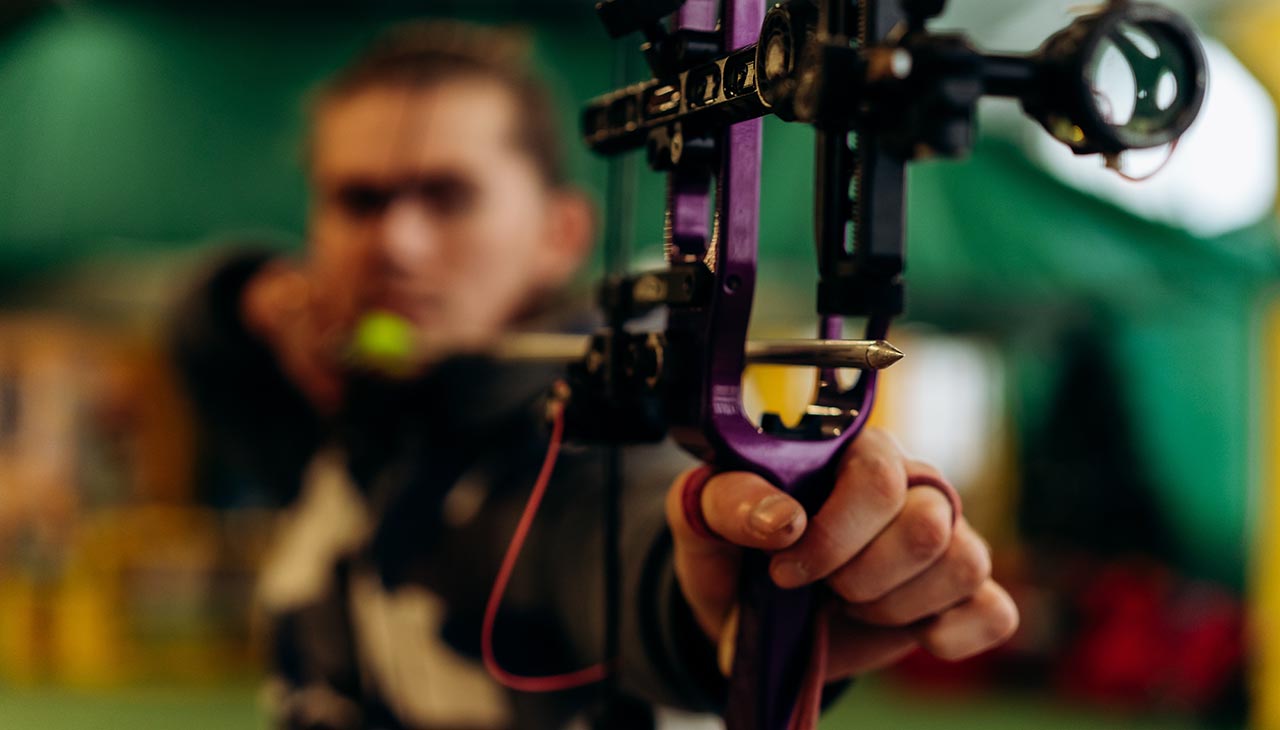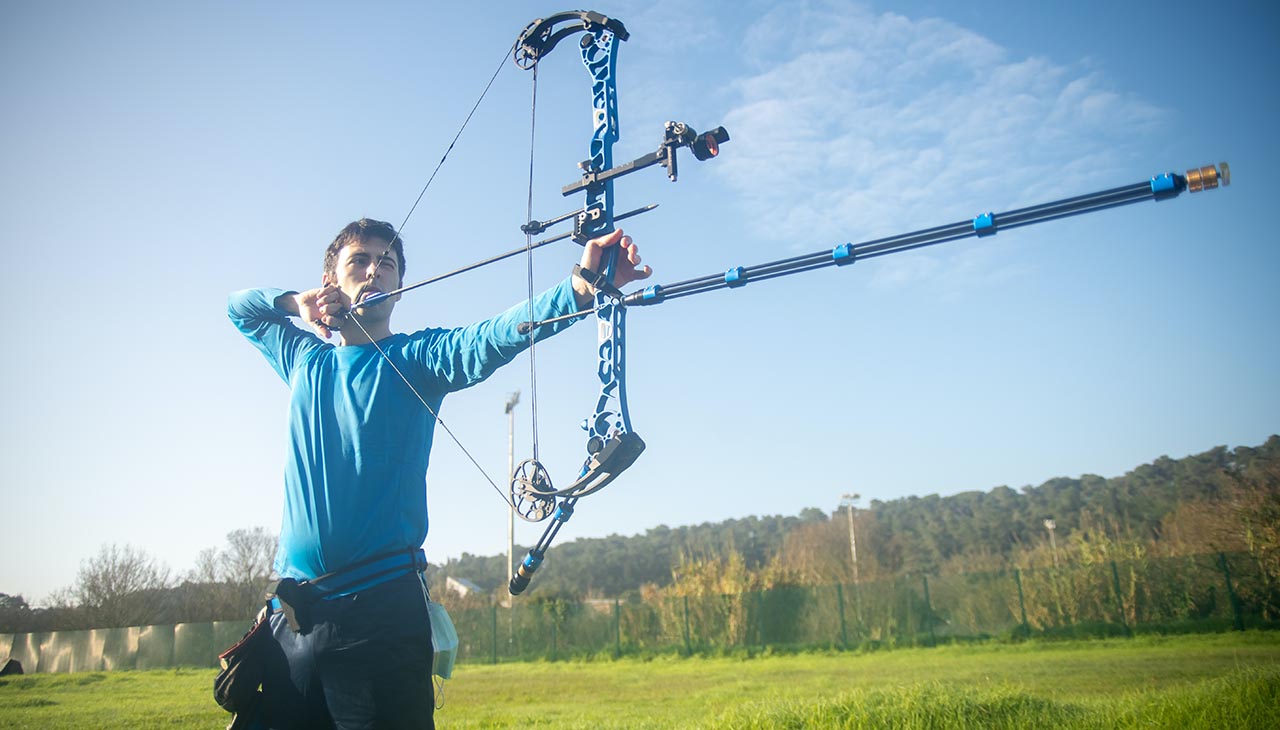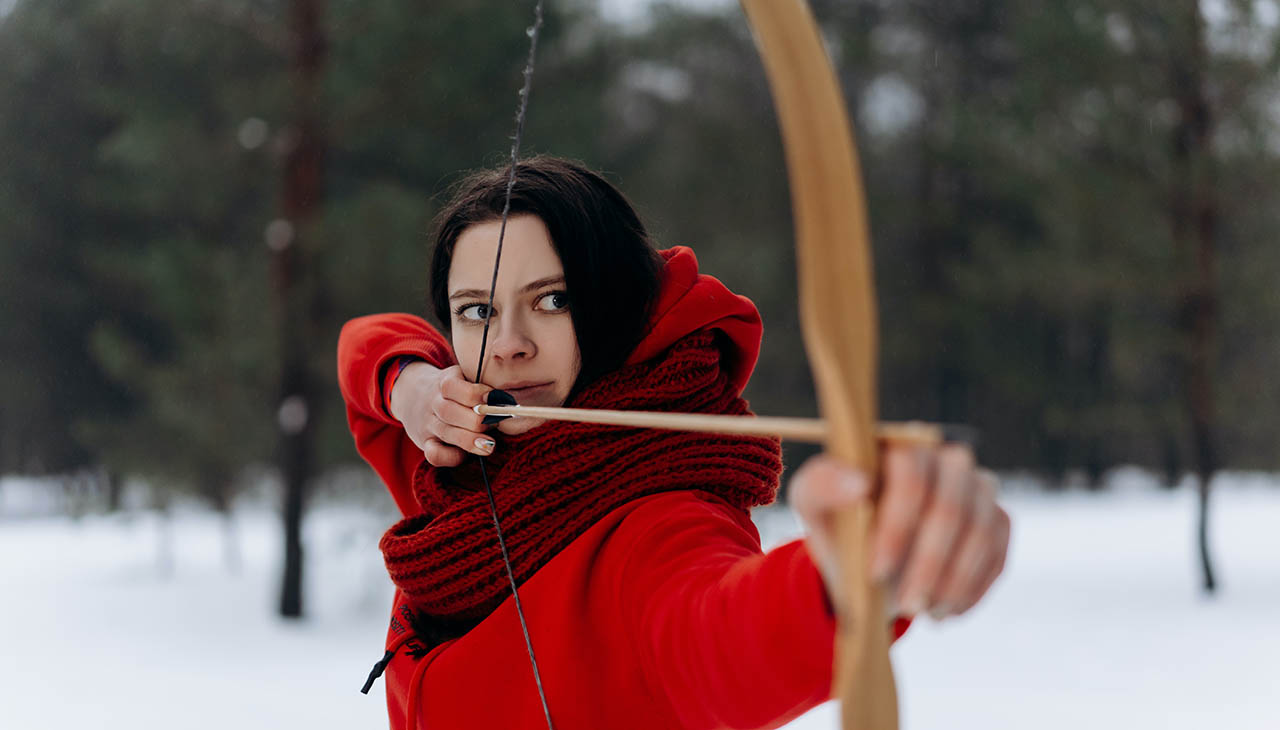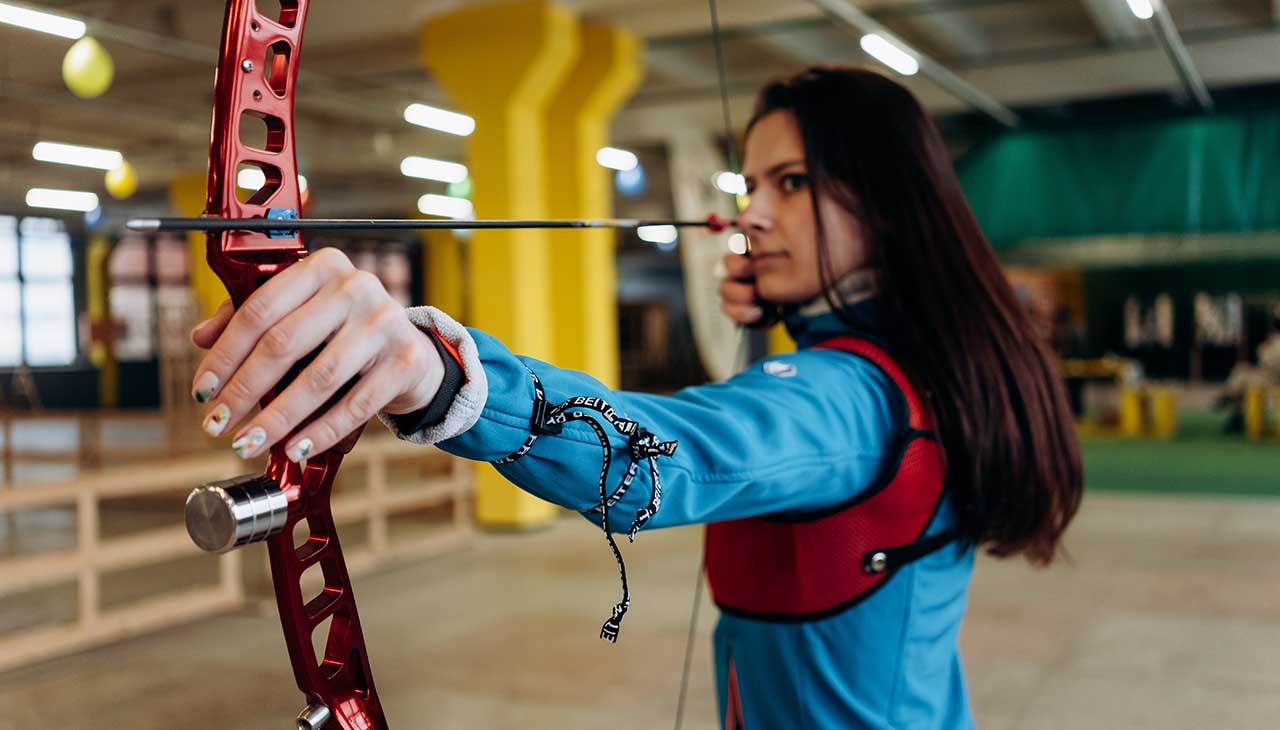In the world of archery, the debate between bows and crossbows is a long-standing one, and each has its own set of enthusiasts who swear by their choice. Both these weapons have a rich history and have evolved significantly over time, each carving its niche in hunting, warfare, and competitive sports. The choice between a bow and a crossbow is largely based on the archer’s individual needs, skills, and preferences, and understanding the strengths and weaknesses of both can help one make an informed decision. Join us as we delve into the detailed comparison of bows versus crossbows.
Comparison of Bows and Crossbows
Power and Range
When it comes to power and range, crossbows generally have an edge over bows. Due to their design, crossbows can store more energy and, therefore, shoot arrows at a higher speed. This translates into a longer range and more hitting power, which can be an advantage in hunting and warfare scenarios.
Skill and Ease of Use
Bows, on the other hand, require more skill to use effectively. The archer must master the art of drawing the bow, aiming, and releasing the arrow. This requires practice and physical strength. Crossbows, in contrast, are easier to use, making them a popular choice among beginners or those with physical limitations.
Speed of Reload
A notable disadvantage of crossbows is the slower reload time. A bow can be reloaded and shot much faster, which can be a critical factor in competitive shooting and certain hunting situations.
Noise Level
Noise can be a critical factor, especially in hunting. Bows are generally quieter than crossbows, providing an advantage when trying to remain undetected.
In conclusion, each of these archery tools has its unique advantages and drawbacks. The choice between a bow and a crossbow should be based on the individual’s needs, abilities, and intended use.
Practical Applications
Bows and crossbows have a wide range of practical applications. Here are a few examples:
- Hunting: Both bows and crossbows are commonly used for hunting various game species. They offer stealth and precision, allowing hunters to take down their target with accuracy and minimal disturbance to the surrounding environment.
- Sport and Recreation: Archery as a sport has gained popularity worldwide. Whether it’s target shooting or participating in competitive archery events, bows and crossbows provide an engaging and challenging recreational activity for individuals of all ages.
- Survival and Bushcraft: Bows and crossbows can be valuable tools in survival situations. They can help procure food by hunting small game and birds, providing sustenance in remote or wilderness areas.
- Historical Reenactments: Bows and crossbows play a crucial role in historical reenactments, allowing participants to recreate battles and events from the past. These weapons add authenticity and are essential for bringing history to life.
- Pest Control: Bows and crossbows can be employed for pest control purposes, particularly in situations where a quiet and precise method is required, such as eliminating nuisance animals or managing invasive species.
- Archery Therapy: Archery is increasingly being used as a therapeutic activity for individuals with physical or mental health conditions. It promotes focus, concentration, and mindfulness, and can contribute to overall well-being.
- Competitive Shooting: Various competitive shooting disciplines exist for both bows and crossbows. These competitions test participants’ accuracy, precision, and skill, providing a platform for athletes to showcase their talents.
These are just a few practical applications of bows and crossbows. Their versatility and effectiveness make them valuable tools in a wide range of activities, from recreational pursuits to essential survival skills.
Personal Preference and Skill
Ultimately, the decision between using a bow or a crossbow often boils down to personal preference and skill level. Some archers prefer the challenge and traditional aspects of using a bow, appreciating the physical strength and finesse it requires. Others may find the ease of use and powerful range of crossbows more appealing, particularly those who are new to the sport or have physical restrictions. Equally important is the archer’s skill level. Novices might find crossbows easier to handle initially due to their straightforward mechanics, while experienced archers might prefer the complexity and mastery that come with bows. In the end, the best choice is one that aligns with the archer’s personal preferences, skill level, and intended use. Regardless of the tool chosen, practice and dedication are key to mastering the art of archery.
Conclusion
In conclusion, the debate between bows and crossbows is as diverse as the archery community itself. Both have their unique strengths and weaknesses, and the choice largely depends on the individual’s needs, preferences, and skill level. Whether it is the power and straightforward mechanics of crossbows or the complexity and finesse of bows, the decision ultimately lies with the archer. It’s important to remember that regardless of the choice, both bows and crossbows have a rich history, and their continued use in modern applications is a testament to their enduring relevance and versatility. To truly appreciate and master either, patience, practice, and a willingness to learn are integral. Happy archery!



